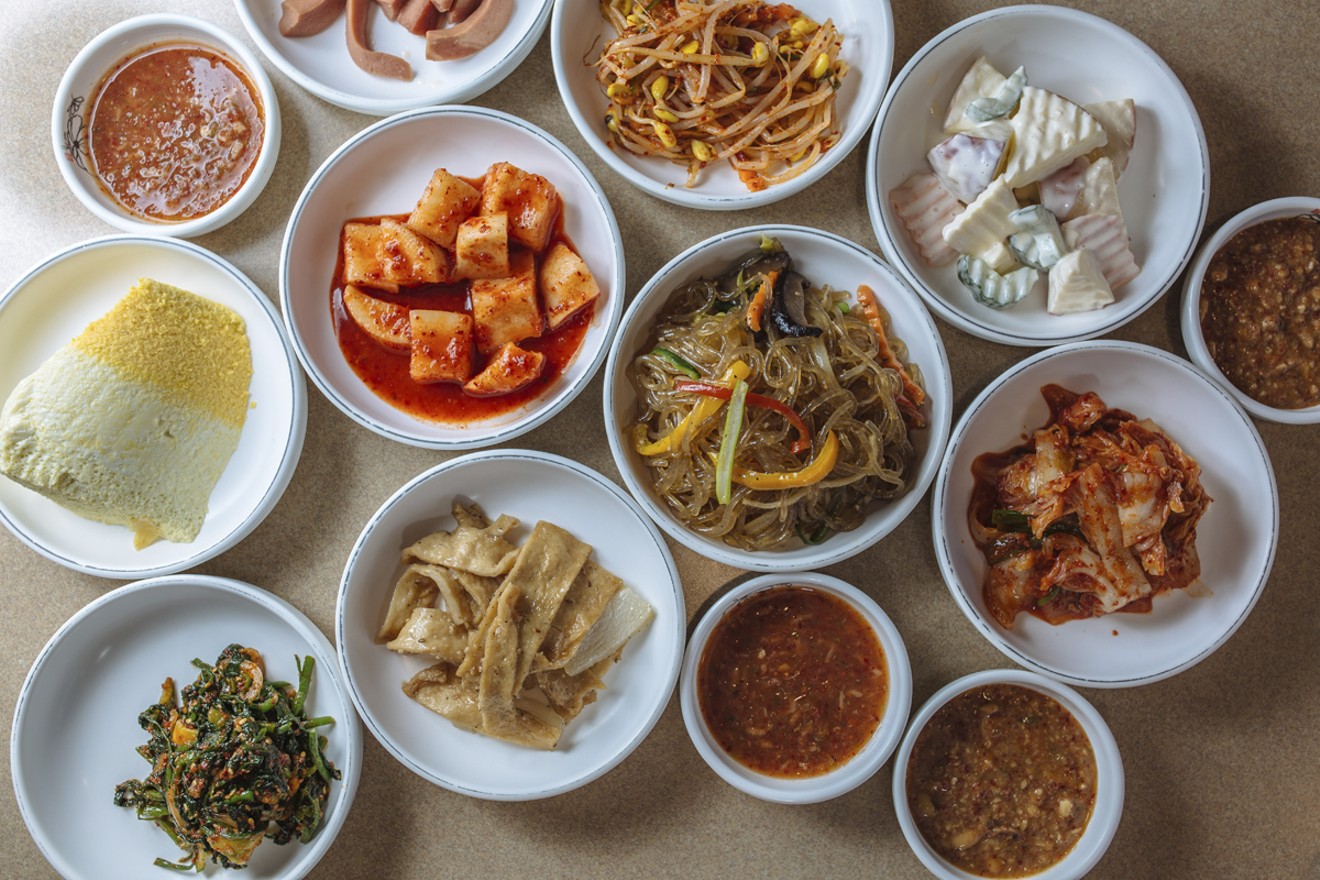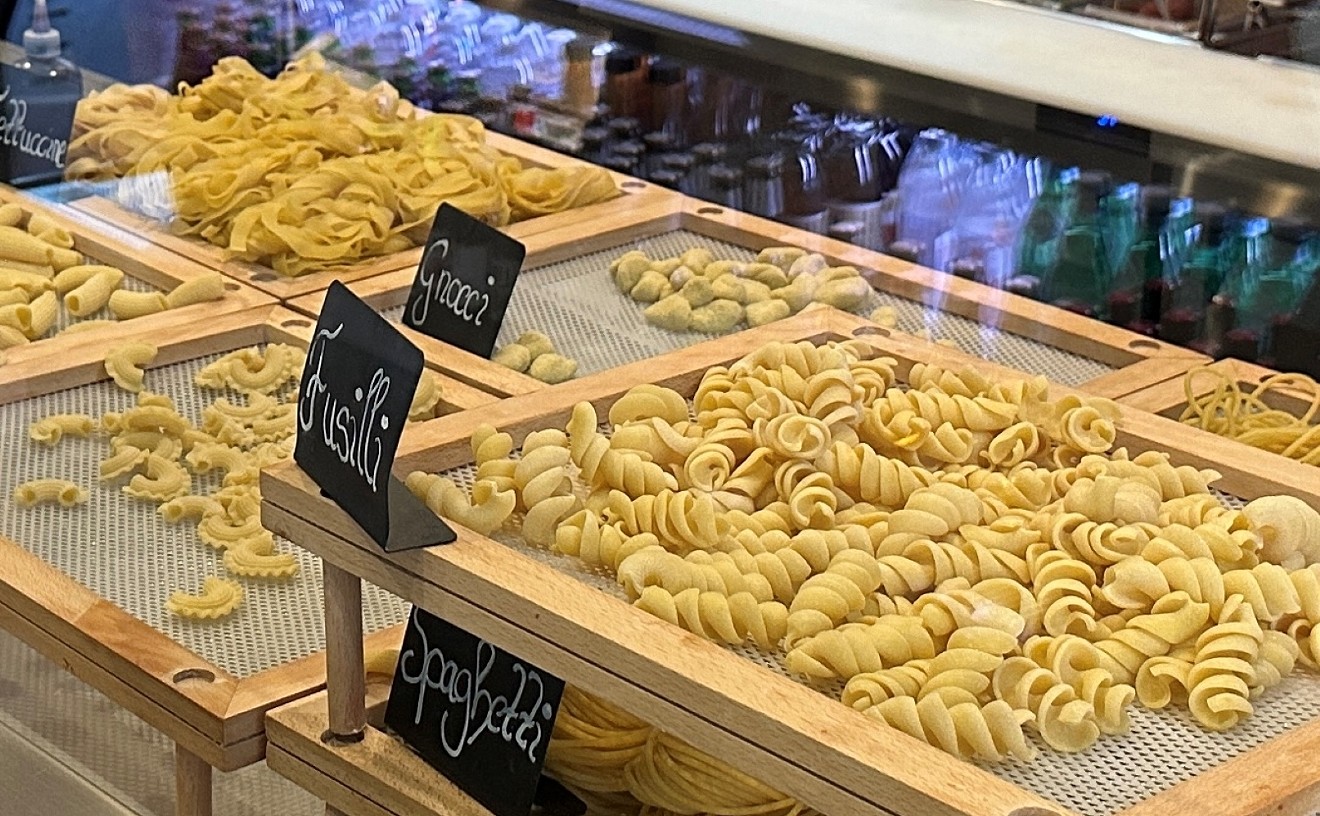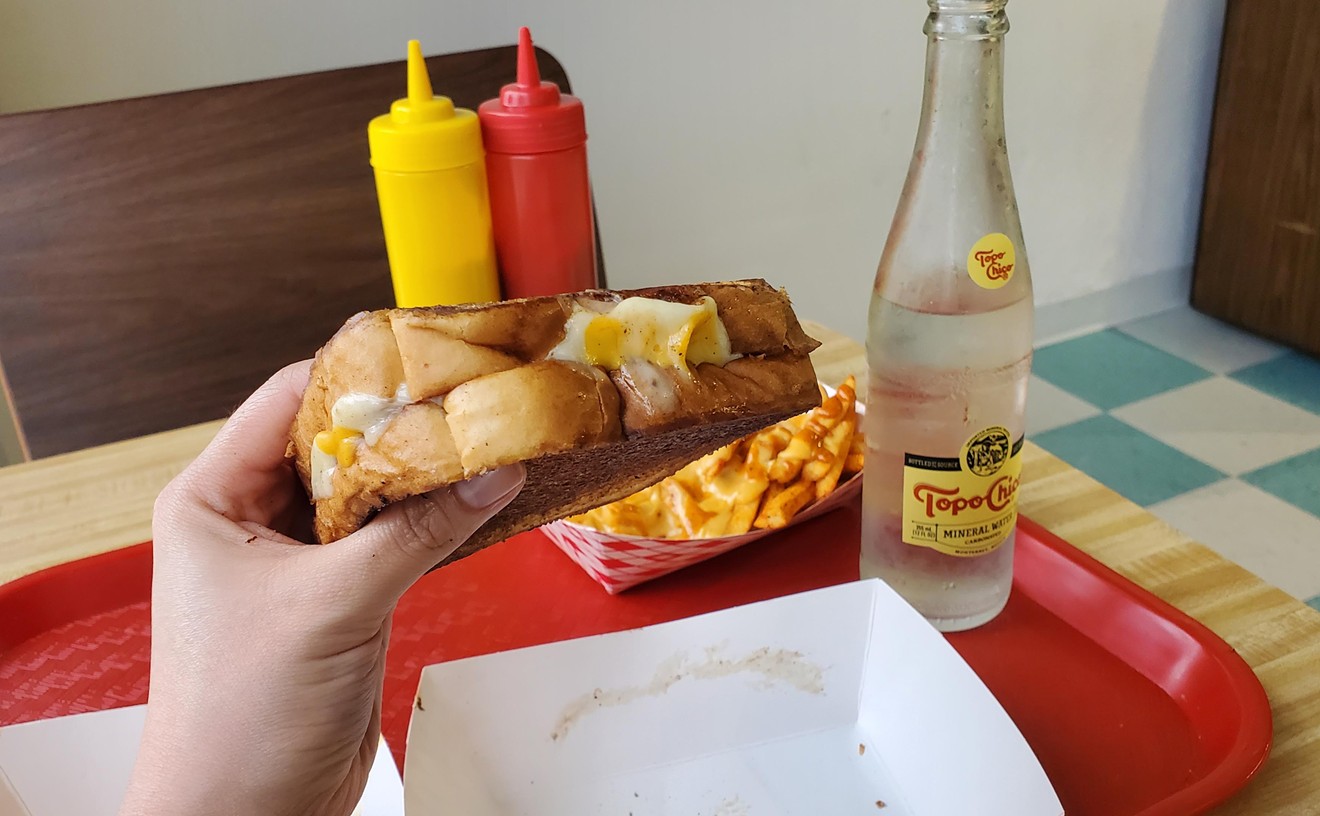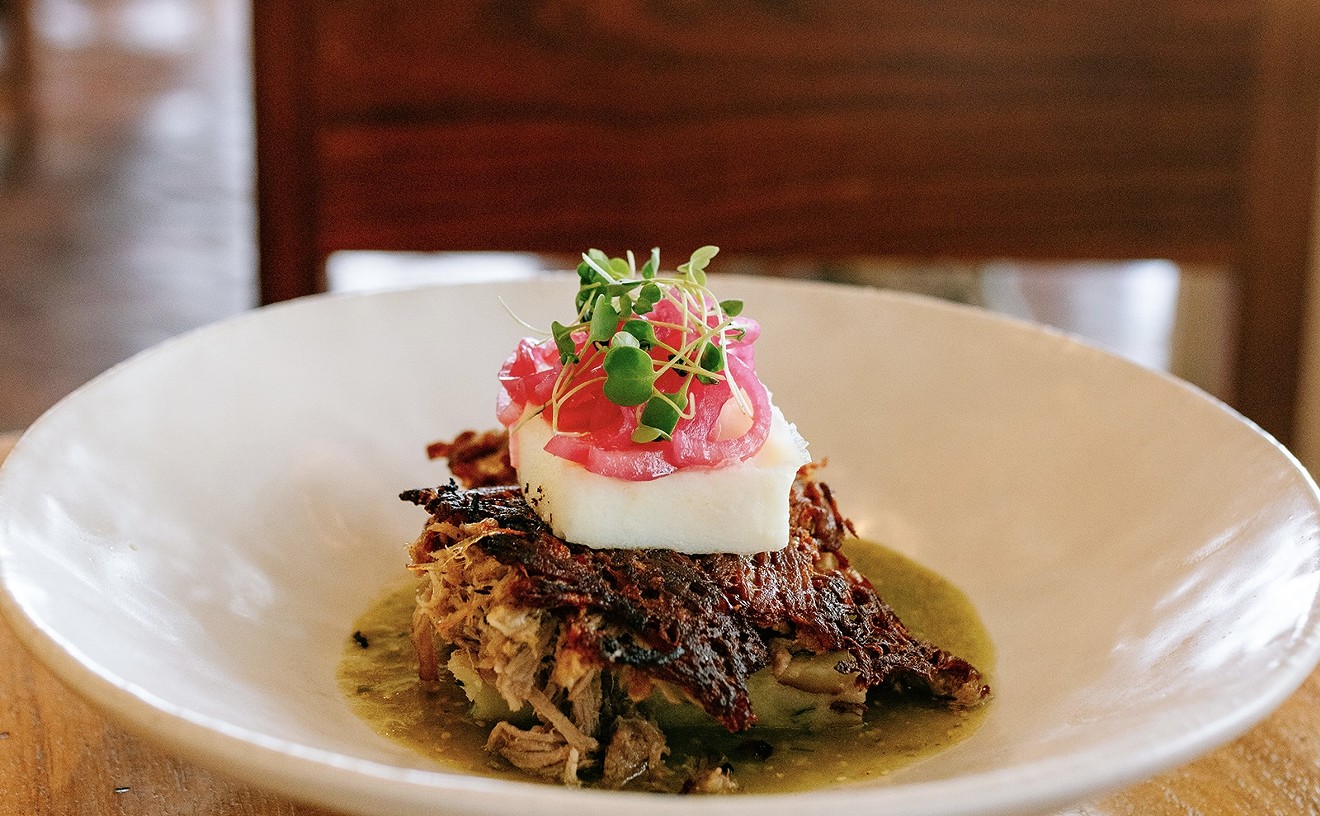I’ve been going back regularly ever since. The temperature has improved, Google has gotten its act together and, oh yeah, Dal Dong Nae makes killer food, some of the best in Dallas’ Korea Town.
Truly enormous family-size platters are a specialty here, the kind that form a veritable banquet. Come here with many friends or prepare for loads of leftovers, or both. Yes, main courses here cost as much as $32, but that’s because they’re meant to feed a party of four and because almost every dish at Dal Dong Nae arrives with a few surprise ingredients not mentioned on the menu.
A few warnings are necessary up front. The restaurant doesn’t serve some of the staple dishes that have caught on with American diners, like bibimbap, dumplings or Korean fried chicken. It also doesn’t sell “fusion” food — no kimchi fries here. Menu descriptions are in Korean with parenthetical English translations, some of them unhelpful: “vegi and beef in soup,” “steamed mi-the-duk” (which, it turns out, is sea squirt).
In the Korean-American community of Dallas, though, Dal Dong Nae is known as an essential dinner spot, famed for its home-style cooking and late kitchen hours. Almost every Korean table in the house is making lettuce wraps with a gigantic platter of jok bal ($28.99), or pig’s feet, which have been braised in spices, deboned and thinly sliced.
Another popular centerpiece is bo sam ($32.99), which is a similar concept but with pork belly instead of feet. The belly is good and piled high, and it comes with an eye-popping amount of raw garlic and jalapeño slices, but the star of this platter is its side dish, oyster kimchi, which doesn’t get mentioned on the menu at all. Oyster kimchi is available at Dal Dong Nae, a restaurant or two in Carrollton and nowhere else in the region.
It’s kimchi mixed with raw oysters, a dish traditional in Korean coastal towns. We counted at least eight huge Gulf oysters on our platter. What do they taste like? Well, oysters, mainly, since the kimchi here isn’t especially potent. But the fresh ocean brine and spicy chili paste combine for an especially savory, salty flavor, and a handful of sesame seeds and scallions complete the picture. Not everyone will like this, but those who do will find it brilliant.
Another Dal Dong Nae specialty are gigantic soups “for two,” which really are enough for four or five people, if those people aren’t competitive eating champions. The soups arrive still on the burner, noodles freshly added, ready for the customer to turn on the flame until the noodles are just barely cooked.
A good place to start on the soup list is the army stew, budae jjigae ($32.99), an everything-in-the-pantry dish invented out of necessity. Budae jjigae came about at the time of the Korean War, when food was scarce and poor Koreans relied on U.S. Army surplus supplies of Spam, hot dogs and other cheap proteins. Korean families took whatever supplies were available and dumped them into a big stew with spicy chili paste and kimchi. The result has been popular ever since. Anthony Bourdain recently called it “the ultimate dorm food.”
Dal Dong Nae’s version contains hot dogs, although the menu calls them sausages; it’s brimming with noodles, rice cake chunks and unexpected vegetables and is bright red from spices. This is not glamorous or elegant food, and it doesn’t require a degree from Cordon Bleu to make, but even in warm weather it’s hard not to embrace this stew’s directness, heat and brawny flavors.
Starters and sides include the “spicy rice cakes” ($8.99), which bear no resemblance to the rice cakes at American groceries. Instead, these are roll-cut cylinders of gently chewy rice dough mixed in with gochujang, Korea’s beloved spicy chili paste, plus glass noodles, scallions, cabbage and other unexpected bonuses. Jap chae ($16.99) is a bowl of glass noodles mixed up with scallions, shiitakes, sesame seeds and an assortment of good vegetables – and, although the menu doesn’t say so, plenty of beef. The jap chae here may be simple, but it’s one of my favorite meals in the whole city.

Dal Dong Nae is a low-key spot likely to serve more food than any mere mortal can eat in one meal.
Kathy Tran
Dal Dong Nae doesn’t have great fried chicken like its next-strip-mall neighbor DanSungSa, but it makes a fabulous fry of a fish called yi myun su ($15.99), three fillets lightly fried skin-on. The Western name of this fish is Atka mackerel, but the result, as flaky and juicy as it is, would be embraced at a Southern catfish fry.
Eyes always seem to be bigger than stomachs at Dal Dong Nae. After one recent meal, my table asked for more to-go boxes than there were people. This is, without a doubt, the single best restaurant in Dallas for a party of six wanting dinner after midnight. But then again, after a few bottles of cheap soju and a few rounds of seafood pancakes, oyster kimchi, pig’s feet and fried fish, that party of six might believe this tiny spot is one of the most dependable restaurants in Dallas, period.
Dal Dong Nae, 11445 Emerald St., No. 109. 972-484-2994. Closed Monday, open 5 p.m. to 2 a.m. Tuesday through Sunday.













